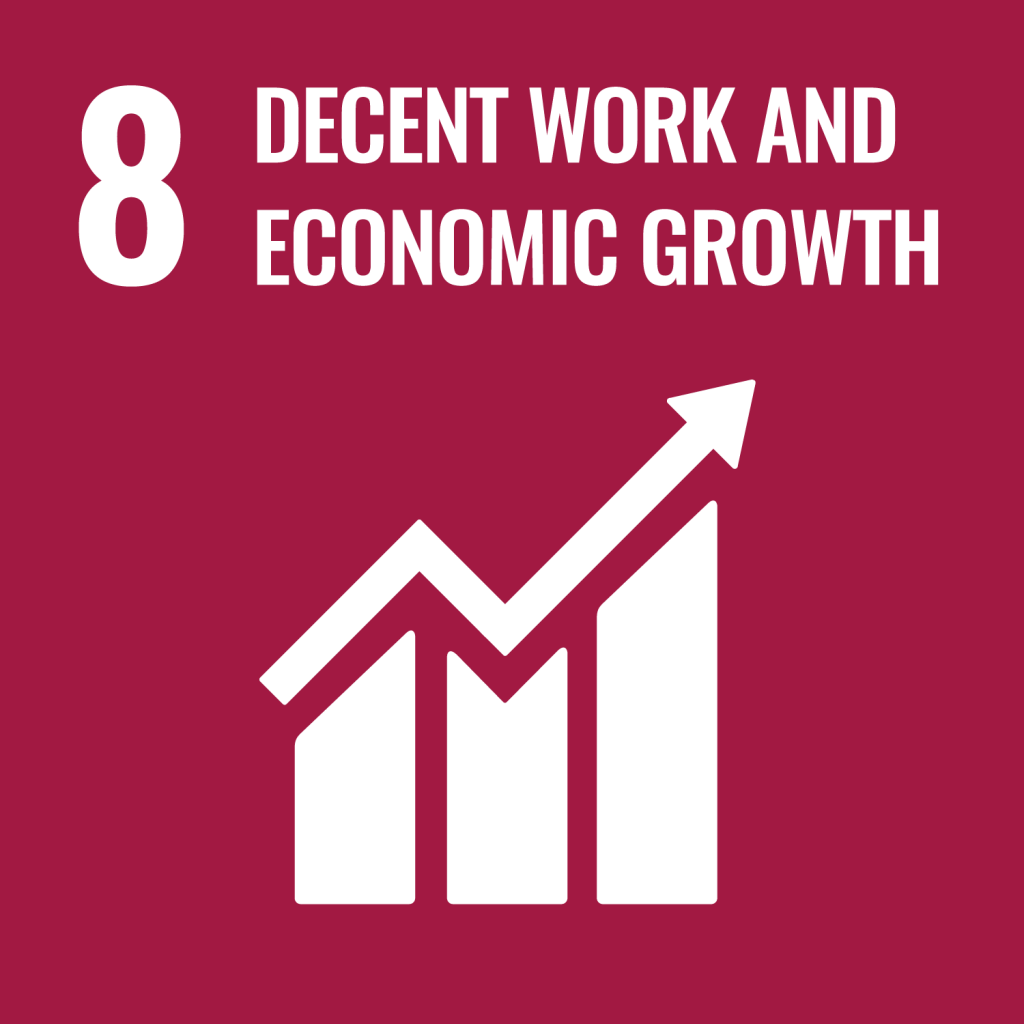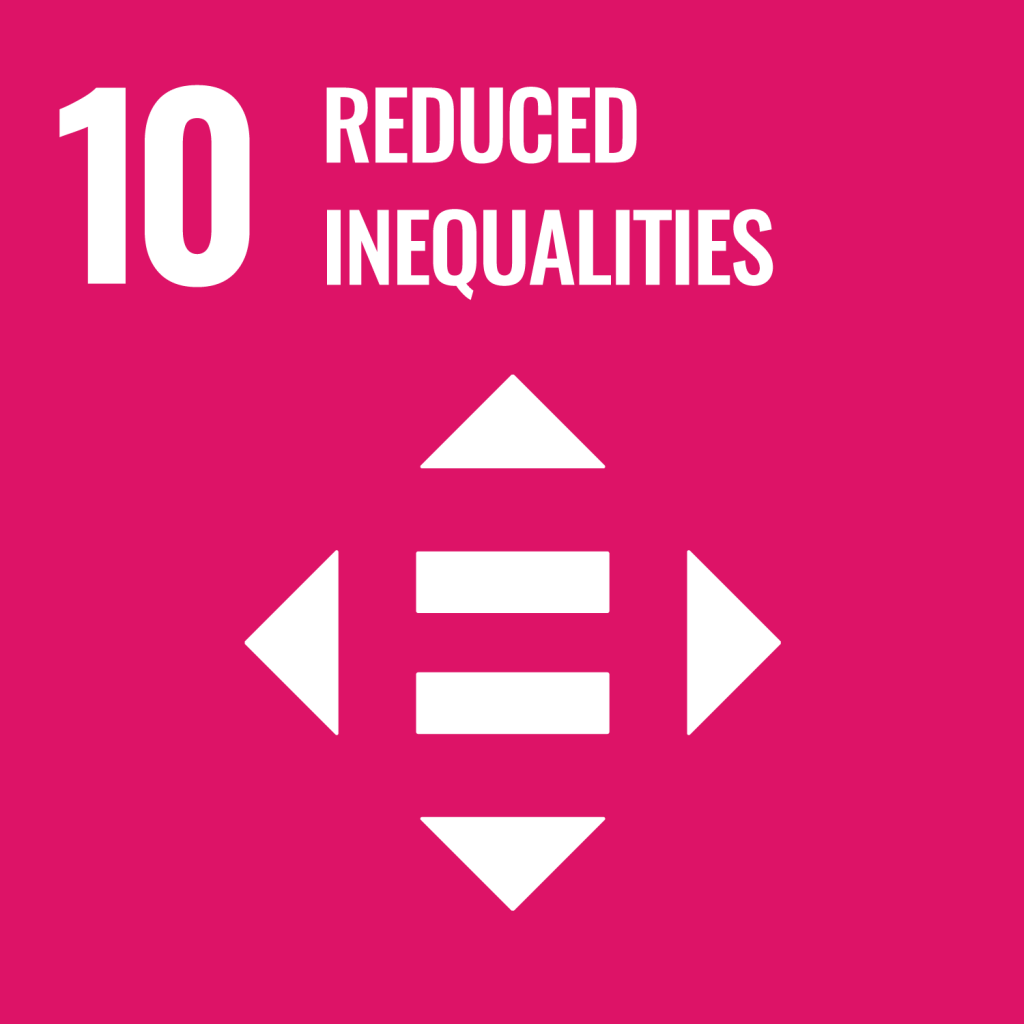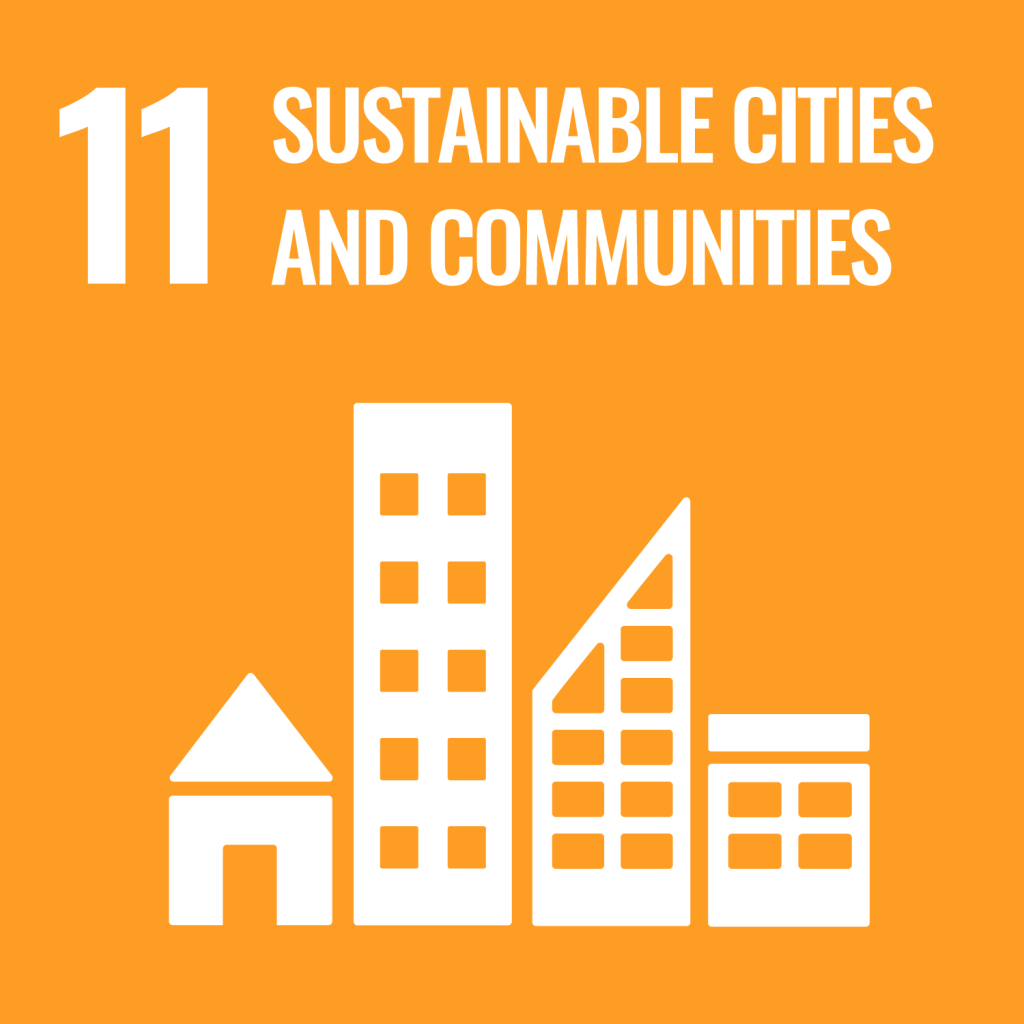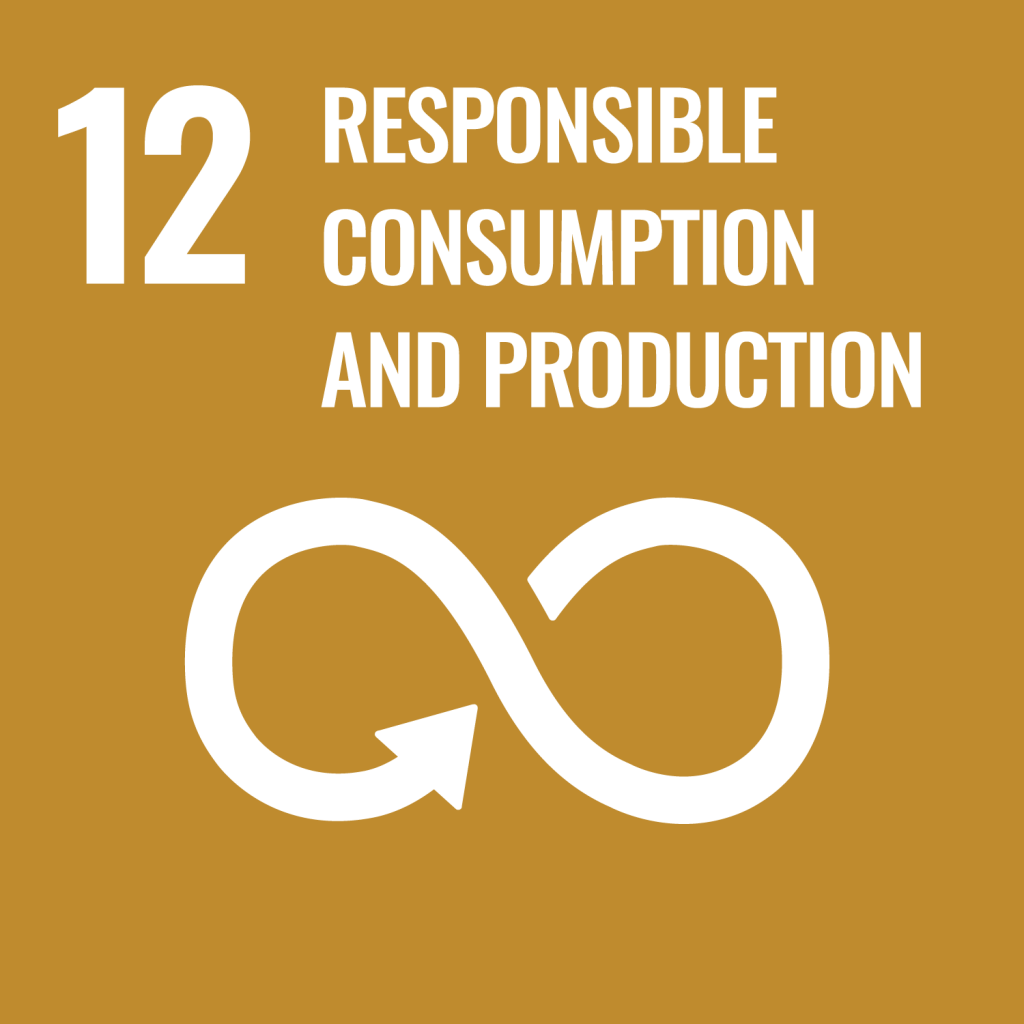Green City Growers Cooperative
Small (10-49)
Urban farming
Agriculture
Lesson
A worker-cooperative, urban-farming business, sustainably growing salad greens for local and regional markets, Green City Growers Cooperative has created jobs and increased community wealth in a low-income, disadvantaged urban neighborhood while reducing food miles and increasing consumption of locally produced, healthy food. In addition to the benefits of employee ownership and investment in the local green economy, the case demonstrates the role that sustainable entrepreneurial ecosystems can play in sustainable business and economic development.
Background
Green City Growers Cooperative (GCGC) is a worker-owned, sustainably-oriented, urban farming business in Cleveland, Ohio, that belongs to the Evergreen federation of worker-owned cooperatives. Evergreen, in partnership with a variety of public and civic organizations, and through leveraging the purchasing power of local anchor institutions, is transforming inner-city Cleveland to create green jobs and build community wealth through local worker ownership. Situated on a twelve-acre plot in the city’s Central Neighbourhood, the 3.25-acre, custom-built greenhouse opened in 2013 with fifteen employees. Today, GCGC employs 42 residents, the majority of whom are worker-owners, and has a turnover in excess of $3.6 million.




Sustainability Story
GCGC’s origins go back to 2005, when the Cleveland Foundation, a local economic development organization, began searching for a long-term fix to the multiple-deprivations facing Cleveland’s mostly black, inner city neighbourhoods. Forming a coalition with other local institutional stakeholders, including the city government, hospitals, and university, they engaged with the Democracy Collaborative, a progressive economic thinktank, for help in 2007. Taking inspiration from the Mondragon group of cooperatives in Spain, the Democracy Collaborative devised a plan for community wealth building based on the formation of a federation of green worker cooperatives, kickstarted by the purchasing power of large anchor institutions, such as the local hospital and university. The coalition’s connections enabled it to build a foundation on which they could move ahead with plans, including gaining the backing and participation of community leaders, advocating for and obtaining widespread support from local city, state, and federal politicians and other influential individuals and groups, drawing on expert advice for developing business plans for the cooperative businesses, and educating and training the many stakeholders involved on the concept. Meanwhile, the Democracy Collaborative painstakingly worked through details of having the US Inland Revenue Service approve the highly unconventional holding company organization, the Evergreen Cooperative Initiative.
In 2009, a participating community member recognized healthy food production as an opportunity for one of the first Evergreen cooperatives. The idea aligned with Evergreen’s mission, and with the anchor institutions’ purchasing requirements for large volumes of leafy greens and their active interest in localizing those purchases. Additionally, Cleveland’s well-established local food movement provided another potential market. Further investigation led the coalition to select hydroponics as the production technology for reasons including food safety, operational efficiency, and year-round production. An expert in hydroponics production and marketing was hired to conduct a feasibility study and, based on its findings, they were appointed CEO and tasked with developing the business.
Support from Evergreen was critical in the business startup. Through Evergreen’s extensive network, finance of over $16 million was lined up from multiple public and private sources, brownfield real estate obtained and prepared, necessary legal structures created, environmental assessment conducted, and the local community engaged. The latter point included conducting community outreach events and working closely with community integration organizations on recruitment of workers from the refugee population and people with non-violent criminal records. The financing included grants and a variety of loans, but in order to maintain the cooperative status, no equity was relinquished. The actual GCGC was formed in 2012 under joint control of worker-owners and the Evergreen group, with the latter controlling strategy and other major decisions. Operations began in 2013, after sales contracts were established with three anchor institutions, grocery store chains, and food service companies, all of which sold their products within 150 miles of Cleveland.
From its initial sales contracts, the cooperative has continually developed new business opportunities. Sales were diversified to other markets, such as restaurant wholesale, regional distributors, and locally-based food processors, though still with a major focus on local to regional consumers (50% of output is consumed within 150 miles). After some failed attempts to find markets for the produce they were growing, the cooperative became more adaptable, finding out what customers need and responding accordingly. For example, local restaurants wanted particular types of salad leaves, and a local processor wanted large volumes of basil, so the cooperative switched tack to tailor production to meet the customers’ needs. Operationally, a major upgrade to LED lighting in 2018 decreased costs and improved growing efficiency. Operations were also diversified, looking to find new uses for the cooperative’s facilities and capabilities, resulting in a contract to do the packing for another local grower in 2020.
Despite being a worker cooperative, GCGC is run by a general manager, a paid employee, not a worker-owner, and operational decision making for the first several years was largely a managerial function. The emphasis of the business in these years was on consolidating the economic viability, developing new business opportunities, and moving towards profitability; a challenging task due to the ongoing debt obligations of the financing taken on, the highly-competitive market for salad greens, and the commitment to paying decent wages and benefits to staff. There were ups and downs in the business’s economic performance during this period, though it has been moving in a positive direction in the long-term. In 2018, after five years, and in response to the demands of worker-owners, there was a significant turn towards greater investment in the cooperative’s members and divestment of managerial responsibility. Training in cooperative operations and in general business skills was provided, enabling worker-owners to participate more fully in management decisions. Responsibility for strategy and other major decisions, however, is still retained by the Evergreen group.
Green City Growers Cooperative Practices
| Employee Ownership | Local Economic Participation |
|---|---|
| GCGC is a worker cooperative, 80% owned by its worker-members, and 20% by the Evergreen cooperative group. Evergreen, to which GCGC owes its existence, also has half of the board seats and has authority over mission-critical decisions while worker-owners, who have the other half, are responsible for operational business decisions. | GCGC was created with the mission to build community wealth. A major part of this lies in the cooperative’s engagement in local and regional economic activities that keep money in the neighborhood, the city, and state. |
| This governance arrangement has enabled the cooperative’s worker-owners to gradually develop their cooperative and business knowledge and skills, and ultimately, the confidence to be business owners and managers, as well as workers. This has been especially important as the cooperative largely hires disenfranchised and marginalized people who are particularly lacking in such skills, knowledge, and confidence. | It does this in several ways. Production and sales of salad produce within Cleveland and Ohio is displacing purchases by local customers that would otherwise have gone to out-of-state growers and distributors, such as lettuce grown in Arizona, 2000 miles away. |
| The cooperative, with assistance from Evergreen, invests in the worker-owners with training to be effective cooperative members as well as in general business skills, and creates space and opportunity necessary for worker-members to meaningfully participate in decision-making at all levels. | That amounted to $3.6 million in 2020. Instead of going out-of-state, the money, after costs, ends up in the pockets of the cooperative’s workers, who, being local residents, spend much of it locally. |
| As an employee-owned firm, GCGC places a high priority on worker wellbeing and a commitment to the local community. It has persistently hired new workers from the neighborhood in which it is located, and it preferentially hires those who are generally excluded from the workforce. | And being a cooperative ensures that all of the profits go to the workers, not to extractive, remote owners. In largely dealing directly with local customers, whether they be restaurants, grocery stores, food processors, or distributors, intermediaries are cut out and GCGC retains a larger share of revenue. |
| It persevered with providing stable jobs and paying workers a decent wage and benefits, significantly above the industry standards, when many other businesses, faced with the same financial and market challenges, would have squeezed the workers to balance the books. | |
| It persevered with providing stable jobs and paying workers a decent wage and benefits, significantly above the industry standards, when many other businesses, faced with the same financial and market challenges, would have squeezed the workers to balance the books. Similarly, it has continued to invest in people and jobs, rather than machines and efficiency. Ultimately, through employee-ownership and distributing the benefits of the business to its workers, who are all local community members, and developing their capacity for business activities and cooperation, GCGC is building wealth in the community. |
Pathway Map
Stakeholder Ownership and Democratic Control
View the Pathway MapLocal Economy Participation
View the Pathway MapEnabling Factors for Practices
| Internal to the organization | External to the organization |
|---|---|
| Employee ownership - Train workers in cooperative business skills and knowledge; Support workers growth as cooperative members (allow time, create a safe space for, and encourage member participation); Provide finance to support worker equity | Networking: The Evergreen network, built around the goal of community wealth building, was instrumental in connecting GCGC with various other function providers, and with potential customers and business opportunities. Networking was informal and irregular, linking a broad group of stakeholders through personal / professional connections. |
| Local Economic Participation - Prioritize selling to local markets; Secure contracts with a mission-aligned anchor institution(s); Adapt products to customer needs; Use facilities and capacity flexibly and creatively; Look for opportunities to collaborate; Hire from the local community | Material Provisioning: Obtaining suitable land—a large, contiguous, inner-city parcel—and conducting the necessary development activities would probably have not been possible without the resources and expertise that were brought to bear on GCGC’s needs. It called for city government, legal, environmental, community, financial, expertise and a variety of parties to work together on a complex task. |
| Financing: Grant and debt financing was essential for real estate, construction, business development, workforce recruitment and training, professional services, and expert consultancy. Finance was only obtained due to contributions of various experts from city government, federal agencies, law, banking, and cooperative business development. Finance sources included local and federal government, foundations, and various specialized lenders. Aside from grants, financing was debt-based to avoid giving away any equity and degrading the cooperative foundations of the business. | |
| Consulting: Various professional and expert services were called on during business startup including legal, financial, business development, cooperative development, community engagement, and hydroponics systems. | |
| Marketing: The ecosystem played a key role in creating the initial market for GCGC’s local salad greens with anchor institutions. Indeed, it could be said it was from the market opportunity of these institutions—university, hospitals—that the idea for GCGC originated, i.e. existing demand was being met with new supply. | |
| Capacity Building: Did not feature much until several years into the cooperative’s existence when worker-owners began to receive training in cooperatives and general business skills. Training has been delivered by external training businesses. | |
| Cultivating: The Evergreen group and wider network has worked prior to and since GCGC began to raise awareness and broad support for the community wealth building approach to economic development in various sectors and multiple levels. | |
| Policy Making: While GCGC’s startup did not require or result in new policy making, Evergreen’s pre-development work involved beating new policy paths with Cleveland city government, anchor institutions, and the IRS. | |
| Advocating: Similar to Policy Making, there has been substantial advocacy by the Evergreen group for the community wealth building model to get a foothold prior to GCGC’s startup. The group and its network were also strong advocates for GCGC directly, such as in obtaining practical assistance from a Ohio state senator to obtain federal funding. They also advocated for local community buy-in by engaging with and involving community organizations and leaders in GCGC’s startup. |
Arresting Factors for Practices
| Internal to the organization | External to the organization |
|---|---|
| Lack of astute business management, particularly related to product and market development, in the first few years limited growth and ability to meet financial targets. | GCGC is dependent to a large degree on the continued support and strategic management of the Evergreen group. |
| Lack of investment in cooperative workforce development in the first five years limited the ability of worker-members to participate in cooperative management, and consequently for the business to benefit fully from being a cooperative. | |
| High debt burden, due to high startup costs and the need to avoid equity financing, has limited the business’s ability to develop. | |
| Despite the promising start (pesticide free, low water, etc.) there has been very little subsequent focus on decreasing the environmental footprint of the business, particularly non-renewable energy dependence and plastic packaging. | |
| Other than recruitment, there has been little engagement with or evidence of positive spillover effects on the local neighborhood. |
